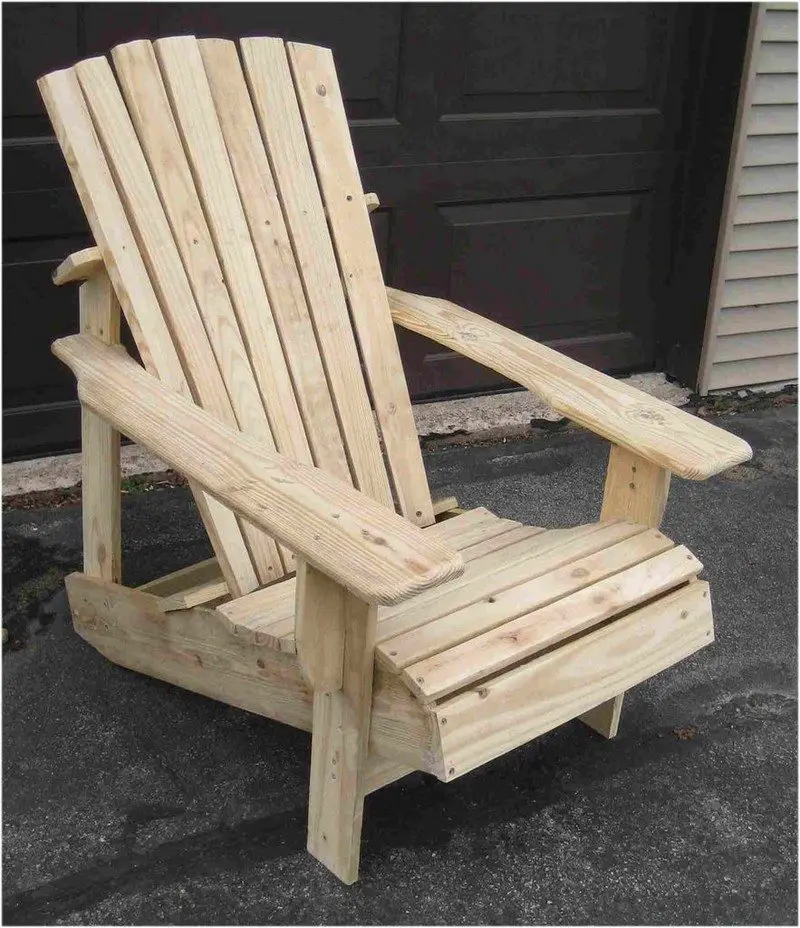Tip: Sometimes pallet wood is especially soft. Set the drill’s torque as low as possible to avoid stripping out the pilot hole.
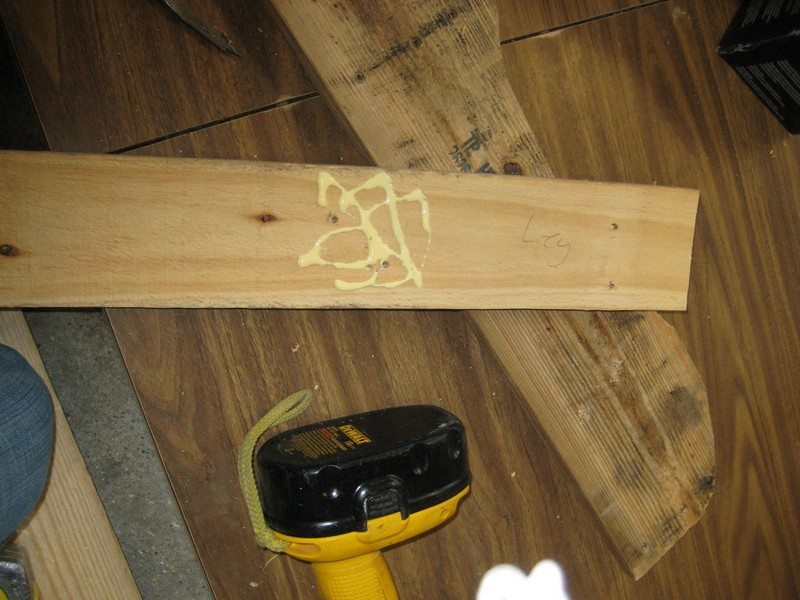
Don’t forget the glue. Make sure that the Adirondack chair’s back support is evenly spaced (about 21″) from both the top of the front leg and the bottom. I’ve seen similar designs that incorporate a carriage bolt, washer, and a nut here, instead of two screws. Definitely a stronger way to go!
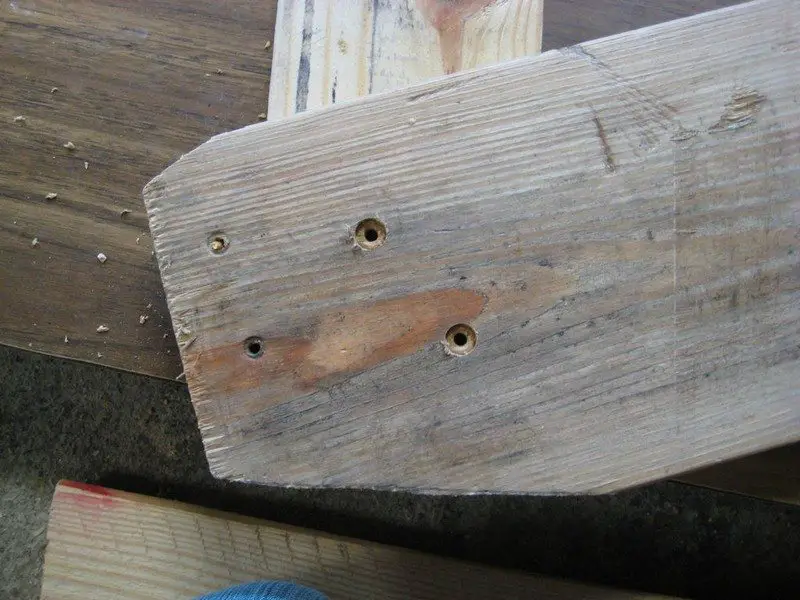
Place your finished Adirondack chair’s seat stringer/front leg/backrest support flat on your workspace. Use it to line up the opposite assembly. Remember, these should be a mirror image (opposite). Mark board locations, drill, countersink, glue and screw.
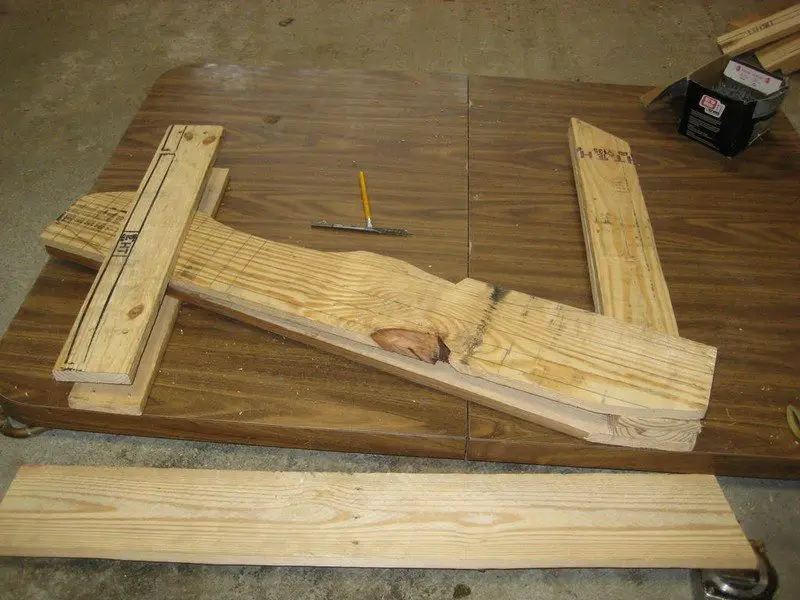
Take your (1) 18.5″ x 3.5″ rear crosspiece and attach it to the Adirondack chair’s seat stringer/rear back support as shown in the photo.
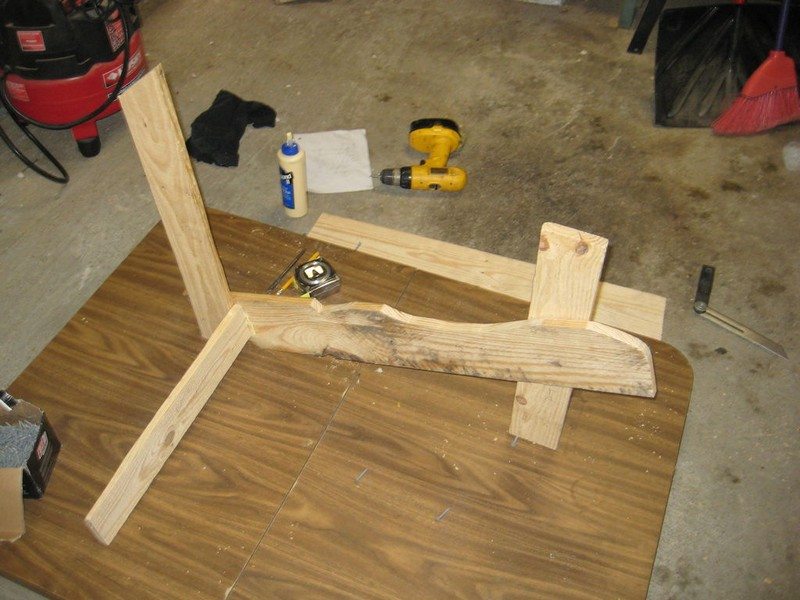
Measure one inch from the top of the seat stringer so you’ll know where to attach it on the other side. Don’t forget to drill, countersink, and glue. You may want to mark and trace where you want your screw holes.
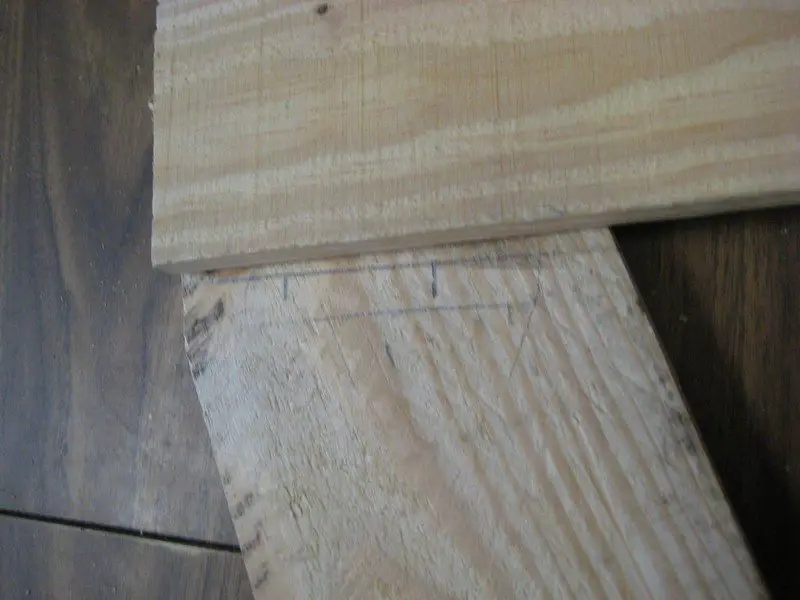
Mark and measure your other front leg, seat stringer, and back support to attach the rear crosspiece. Try to connect it in precisely the same spot as you did on the other side. Did I mention not to forget the glue?
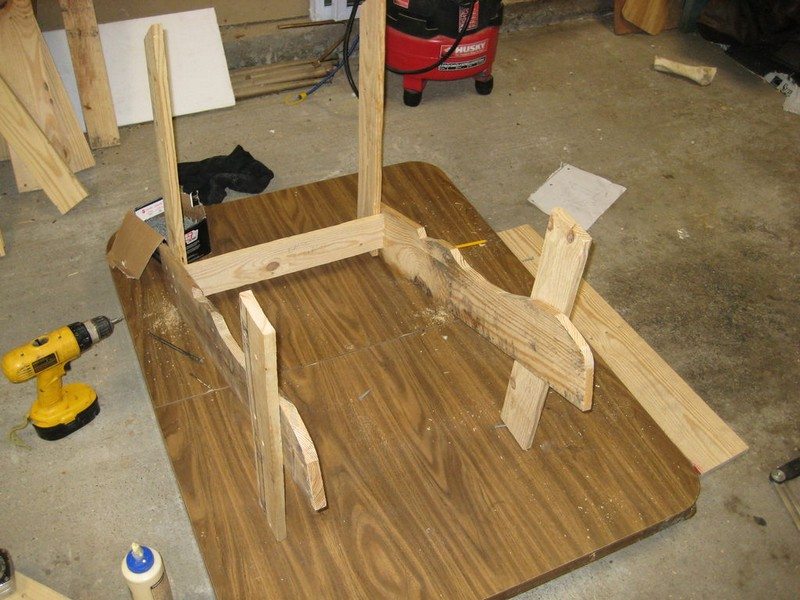
Connecting the front crosspiece is easier than the rear one. Mark and measure the center of each front leg beneath the seat stringer. Hold the crosspiece up so it touches the seat stringer and attach to the front leg with glue and screws.
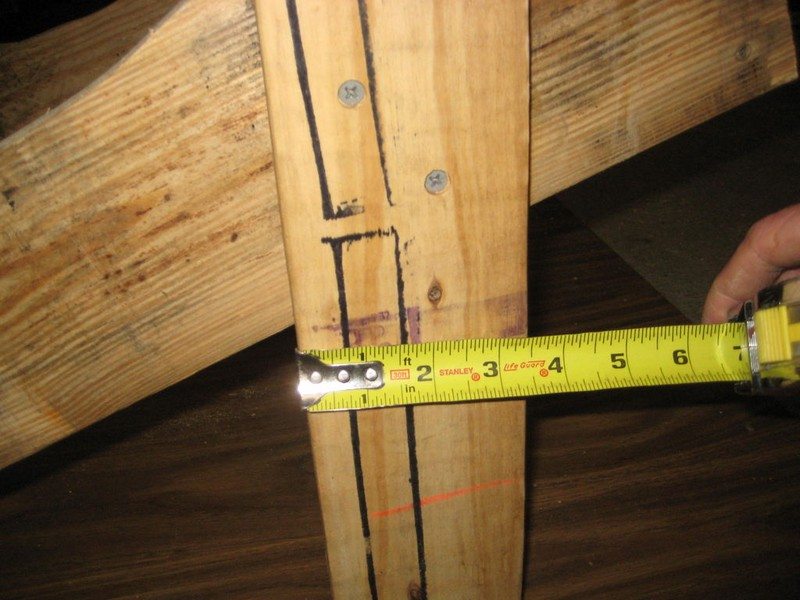
You cut two backrest rails earlier. One is square the other is rounded. The bottom backrest rail is squarish.
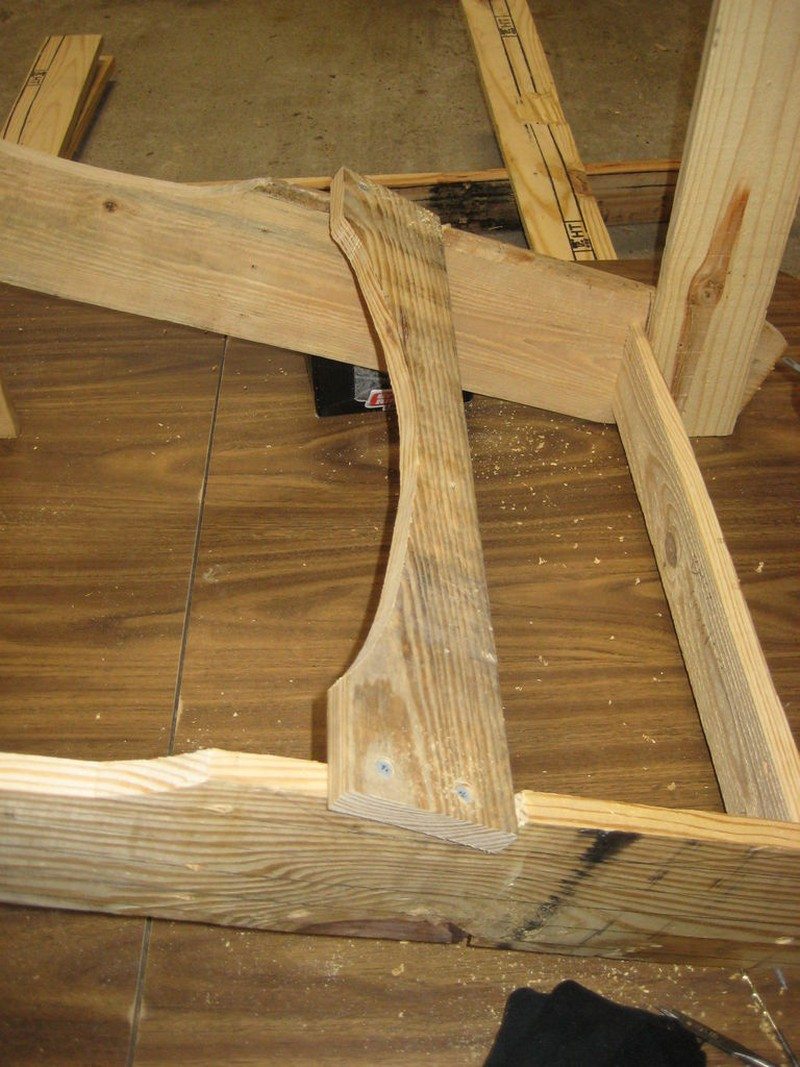
Take the Adirondack chair’s bottom backrest rail and lay it into the two grooves cut into the seat stringers. Drill pilot holes, countersink, then glue into position. Use (4) 1-inch wood screws.
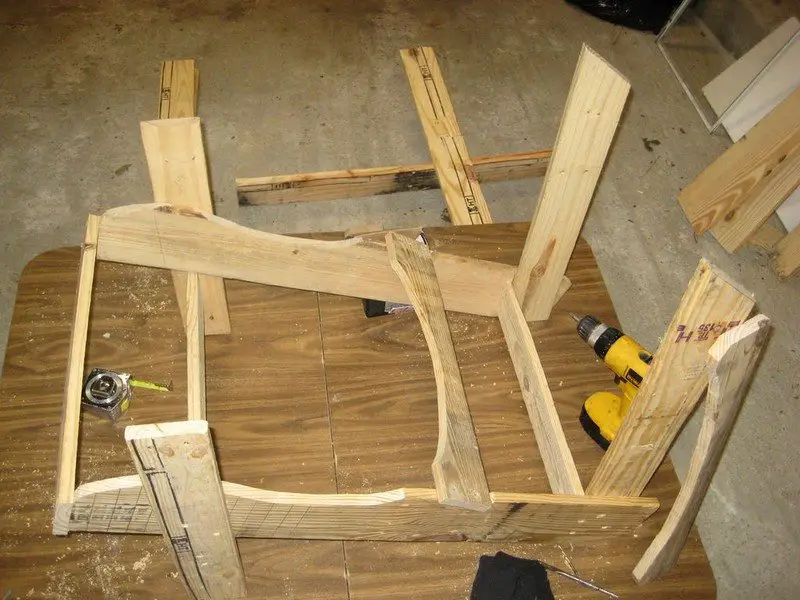
Take the rounded, top back rest rail and mark it 2.5″ from either side. The distance from each of your sides should be 18.5″. Drill and countersink two holes on each side at you marks. Position the backrest rail over the rear back supports and attach with glue and screws.
You may have to squeeze the rear back supports gently together to get them plumb.
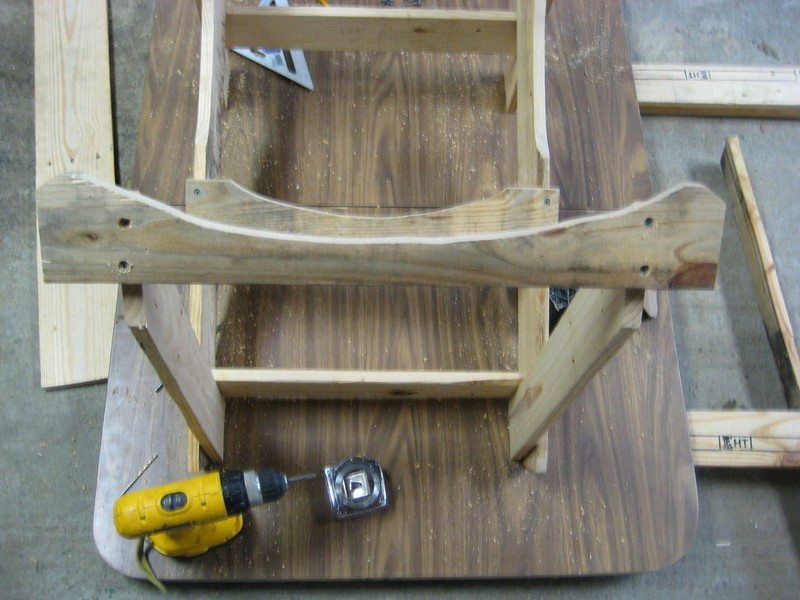
Continued Page 4…

